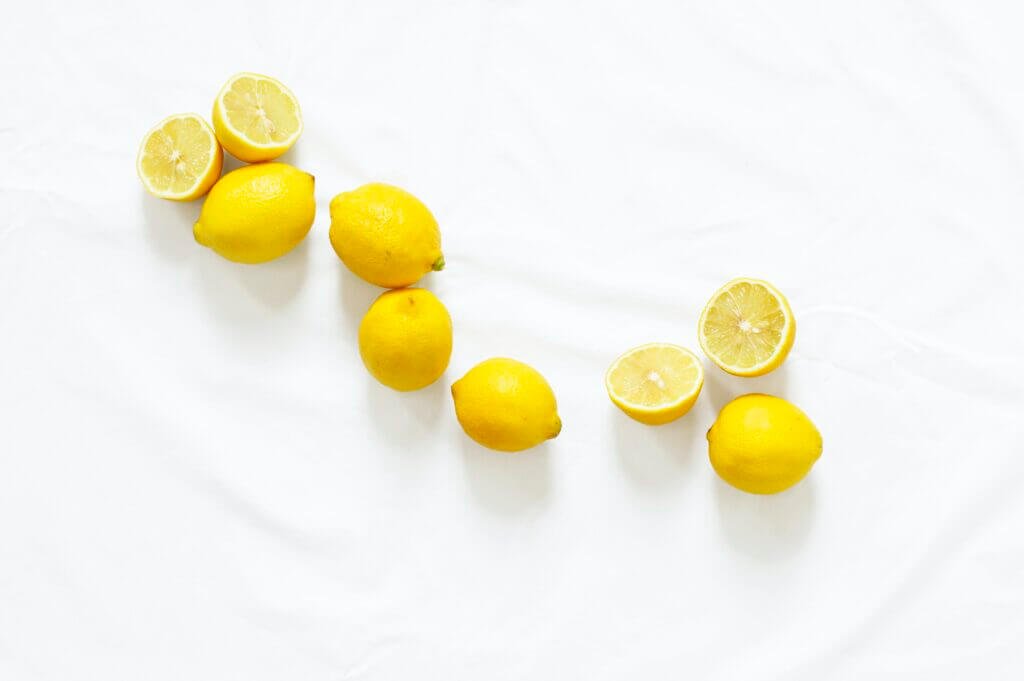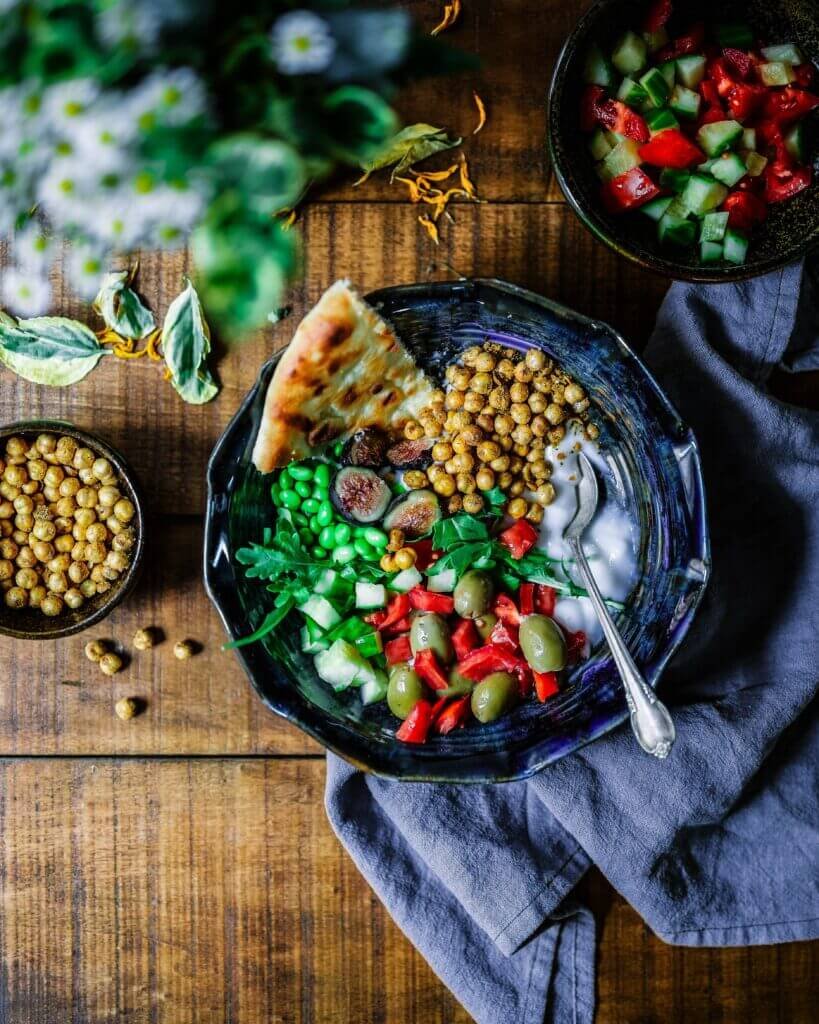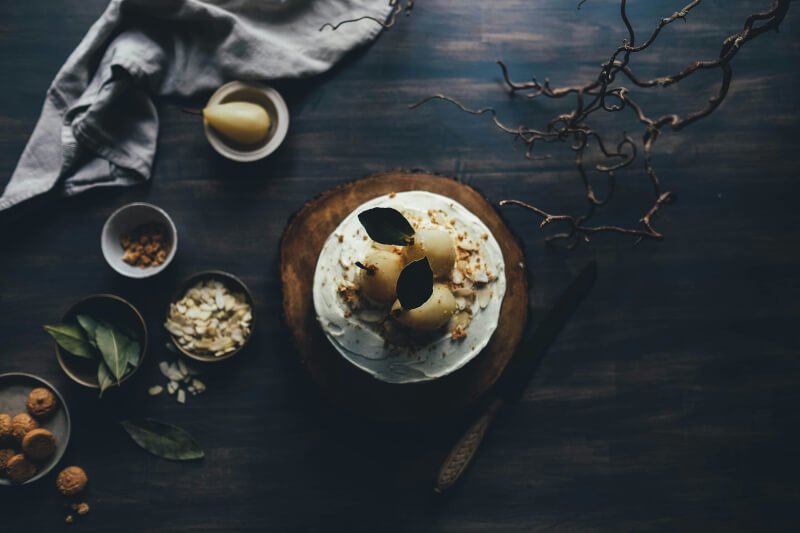Are you a tea lover who also enjoys exploring the world of gastronomy? If so, you might be wondering how to enhance your culinary experiences by pairing specialty tea with food. With a wide variety of tea flavors and unique tasting notes, the possibilities for creating harmonious flavor combinations are endless. In this article, we will uncover the art of pairing specialty tea with food, providing you with practical tips and suggestions to elevate your tea-drinking and dining experiences. Whether you are hosting a dinner party or simply enjoying a meal at home, get ready to embark on a delightful journey of taste and discovery.

Understanding Specialty Tea
Specialty tea is a term used to refer to high-quality tea that is carefully cultivated, processed, and crafted. Unlike mass-produced teas, specialty teas are made from specific tea cultivars and are often sourced from certain regions known for their unique flavor profiles. Understanding the different types of specialty tea is key to exploring the wide range of flavors and benefits they offer.
Different types of specialty tea
There are several different types of specialty tea, each with its own distinct characteristics. Some popular types include green tea, black tea, oolong tea, white tea, herbal infusions, and matcha. Green tea is known for its grassy and vegetal notes, while black tea boasts bold and robust flavors. Oolong tea falls somewhere between green and black tea, offering a complex range of flavors. White tea is delicate and floral, while herbal infusions are caffeine-free and often feature fruity or herbal taste profiles. Matcha, on the other hand, is a powdered form of green tea that is rich and creamy in flavor.
Flavor profiles of specialty tea
One of the fascinating aspects of specialty tea is the diverse range of flavor profiles they offer. Each type of tea has its own unique taste, making it exciting to explore and discover new flavors. Green tea, for example, can range from light and grassy to nutty and sweet, depending on the variety and processing methods. Black tea, on the other hand, can have notes of malt, caramel, and even fruitiness. Oolong tea offers an array of flavors, such as floral, fruity, and toasty. White tea often features delicate floral and honey-like flavors, while herbal infusions offer a wide spectrum of tastes, from fruity and floral to spicy and earthy. Matcha, with its vibrant green color, has a rich umami flavor with vegetal undertones.
Benefits of specialty tea
Apart from their wonderful flavors, specialty teas also offer a range of health benefits. Green tea, for instance, is known for its antioxidant properties and potential weight management benefits. It is also believed to have a calming effect and promote mental clarity. Black tea, on the other hand, contains compounds that may support heart health and help lower the risk of stroke. Oolong tea has been associated with weight management and improved digestion. White tea is rich in antioxidants and may have anti-aging effects. Herbal infusions can provide relaxation, aid digestion, and boost the immune system. Matcha is known for its high concentration of antioxidants and ability to provide sustained energy without the crash associated with coffee.
Factors to Consider
When pairing specialty tea with food, there are a few important factors to consider to ensure a harmonious and enjoyable combination.
Intensity of flavor
The intensity of the tea’s flavor should be considered when pairing with food. For example, delicate and subtle teas like white tea may be overwhelmed by strongly flavored dishes, while robust teas like black tea can stand up to bold flavors. Matching the intensity of the tea with the intensity of the dish is key to achieving a balanced pairing.
Temperature of tea
The temperature at which the tea is brewed can also impact the pairing. Just like with wine, certain teas may be better suited to be enjoyed hot, while others shine when served cold. For example, a hot cup of black tea might be a perfect accompaniment to a hearty meal, while a chilled glass of herbal infusion can be refreshing on a hot summer day.
Body and mouthfeel
Considering the body and mouthfeel of the tea is another important factor. Some teas have a light and delicate body, while others have a fuller and more robust mouthfeel. Pairing teas with dishes that have a similar body can create a harmonious and enjoyable experience. It’s all about finding balance between the tea and the food.

Pairing Strategies
When it comes to pairing specialty tea with food, there are three main strategies to consider: complementing flavors, contrasting flavors, and creating balance.
Complementing flavors
Complementing flavors involve pairing tea and food that share similar taste profiles. For example, pairing a green tea with citrus notes with a lemon tart can enhance the citrus flavors in both the tea and the dessert. The goal is to create a harmonious combination where the flavors of the tea and food complement and enhance each other.
Contrasting flavors
Contrasting flavors involve pairing tea and food with contrasting taste profiles. This can create a dynamic and exciting pairing experience. For example, pairing a rich and smoky oolong tea with a fresh and tangy seafood dish can create a beautiful contrast between the two. The contrasting flavors can help cleanse the palate between each bite.
Creating balance
Creating balance is about finding the right equilibrium between the flavors of the tea and the food. This involves considering the intensity, temperature, and body of both the tea and the dish. Balancing a bold and robust black tea with a rich and indulgent chocolate cake, for instance, can ensure that neither the tea nor the dessert overwhelms the palate.
Pairing Tea with Specific Foods
Now that we understand the different types of specialty tea, their flavor profiles, and the factors to consider when pairing, let’s explore how different types of tea can be paired with specific foods.
Green Tea
Green tea’s delicate flavors make it a versatile option for pairing with a variety of foods. Its grassy and vegetal notes complement fresh seafood dishes, such as sushi or sashimi. The umami flavors in green tea can also enhance the flavor of steamed vegetables and tofu. For a refreshing combination, pair green tea with citrus-based desserts like lemon bars or key lime pie.
Black Tea
The bold and robust flavors of black tea make it a perfect pairing for hearty dishes and rich flavors. It pairs well with breakfast foods like pancakes or waffles, as well as savory dishes like grilled meats or stews. The malty and caramel notes in black tea can also complement chocolate-based desserts, like brownies or chocolate mousse.
Oolong Tea
Oolong tea’s complex flavor profile makes it a versatile pairing option. Its floral and fruity notes can complement spicy Asian cuisine, such as stir-fries or curries. The toasty and nutty undertones in oolong tea can also enhance the flavors of roasted vegetables or grilled chicken. For a delightful pairing, try oolong tea with buttery pastries or crème brûlée.
White Tea
White tea’s delicate and floral flavors make it a great match for light and subtle dishes. Its subtle sweetness pairs well with mild cheeses or light salads. White tea can also complement seafood dishes like poached fish or shrimp cocktails. When it comes to desserts, match white tea with delicate treats like macarons or shortbread cookies.
Herbal and Fruit Infusions
Herbal and fruit infusions offer a wide range of flavors and can be paired with an array of foods. The fruity and floral notes in certain infusions can complement fresh fruit salads or berry-based desserts. Herbal infusions with spicy or earthy flavors can enhance the taste of savory dishes like roasted vegetables or grilled meats. Feel free to experiment and find your favorite flavor combinations!
Matcha
Matcha’s unique flavor and vibrant color make it a popular choice for pairing with various foods. Its slightly bitter and umami taste pairs well with savory dishes like sushi or avocado toast. Matcha can also be used in baking and pairs beautifully with sweet treats like matcha-flavored cakes or cookies. The creamy and smooth texture of matcha also makes it a great addition to ice cream or smoothies.

Pairing Tea with Breakfast
Starting your day with a cup of tea can be a wonderful way to awaken your senses and set a pleasant tone for the day. Here are some pairing ideas for a delicious breakfast experience.
Tea and pastries
Pairing tea with pastries can create a delightful morning treat. A flaky croissant or a buttery scone can be wonderfully complemented by a cup of black tea. The bold flavors of the tea counterbalance the richness of the pastry, creating a harmonious combination.
Tea and eggs
Eggs are a breakfast staple, and pairing them with tea can enhance the flavors of both. The earthy and slightly smoky notes of oolong tea can complement scrambled or poached eggs. Green tea also pairs well with eggs, especially when enjoyed with a bowl of steamed rice and soy sauce.
Tea and oatmeal
For a hearty and comforting breakfast, consider pairing tea with oatmeal. Green tea’s grassy flavors can provide a refreshing contrast to the creamy and nutty oatmeal. Adding a drizzle of honey or a sprinkle of cinnamon to your oatmeal can further enhance the tea pairing experience.
Pairing Tea with Lunch
Whether you’re enjoying a leisurely lunch or a quick bite, pairing tea with your midday meal can add a touch of elegance and flavor. Here are some ideas for tea and lunch pairings.
Tea and salads
Tea can be a refreshing addition to a light and refreshing salad. Green tea’s light and grassy flavors can complement a variety of salads, from simple mixed greens to more complex vegetable medleys. For a fruit salad, consider pairing it with a fruity herbal infusion to enhance the sweetness of the fruits.
Tea and sandwiches
Sandwiches offer endless possibilities for tea pairings. The bold and robust flavors of black tea can stand up to hearty sandwiches filled with grilled meats or rich cheeses. Green tea can provide a light and refreshing contrast to lighter sandwiches filled with veggies or seafood.
Tea and soups
Tea and soup make for a comforting and satisfying combination. Oolong tea’s toasty flavors can pair well with hearty soups like butternut squash or mushroom. Herbal infusions with ginger or lemongrass can complement spicy soups or broths. Remember to adjust the temperature of the tea to match the warmth of the soup for the best experience.
Pairing Tea with Dinner
Pairing tea with dinner can elevate your dining experience, creating a sensory journey that combines flavors and aromas. Here are some ideas for tea and dinner pairings.
Tea and seafood
Seafood dishes can be beautifully complemented by the flavors of certain teas. Oolong tea’s floral and fruity notes can enhance the delicate flavors of white fish or shrimp. Green tea can provide a refreshing contrast to grilled or roasted seafood. Experiment with different teas to find the perfect pairing for your favorite seafood dishes.
Tea and poultry
Tea can add depth and complexity to poultry dishes. The earthy and smoky notes of oolong tea can complement grilled or roasted chicken. Black tea’s bold flavors can stand up to more robust poultry dishes like duck or game birds. For a lighter pairing, consider green tea with pan-seared chicken breasts or turkey cutlets.
Tea and red meat
Red meat dishes can be wonderfully enhanced by the flavors of tea. Robust black tea can complement juicy steaks or hearty burgers. Oolong tea’s toasty notes can pair well with roasted or braised meats. If you prefer a lighter option, consider white tea with grilled lamb or pork tenderloin. Adjust the brewing strength of the tea to match the richness of the meat for the best results.
Pairing Tea with Desserts
Tea and desserts are a match made in heaven, as they can play off each other’s flavors and create a delightful finish to the meal. Here are some ideas for tea and dessert pairings.
Tea and chocolate
Chocolate and tea are a classic combination. The rich and robust flavors of black tea can complement the intensity of dark chocolate. Green tea’s delicate and vegetal notes can provide a refreshing contrast to creamy milk chocolate. For a truly indulgent experience, try pairing a decadent chocolate cake with a cup of black tea for a harmonious pairing.
Tea and cakes
Tea and cakes are a timeless pairing. The subtle and floral flavors of white tea can enhance the sweetness of a light and airy sponge cake. Matcha’s vibrant color and rich umami flavors can add a unique twist to traditional cake recipes. Herbal infusions with fruit flavors can also be a delightful accompaniment to fruit-based cakes or tarts.
Tea and ice cream
Tea can add a refreshing element to a scoop of creamy ice cream. Green tea can provide a slightly bitter and grassy note that complements the smoothness of the ice cream. Matcha can be used to create a matcha-flavored ice cream or added as a powder sprinkle on top. Herbal infusions with fruity flavors can also create a fun and vibrant pairing with sorbets or fruit-based ice creams.
Tea Tasting and Pairing Events
Tea tasting and pairing events are a fantastic way to further explore the world of specialty tea and discover new flavors and pairings. Here are some popular types of events you can attend.
Educational tea tastings
Educational tea tastings allow participants to learn about the different types of tea, their origins, processing methods, and flavor profiles. It’s an opportunity to gain a deeper understanding of the nuances of specialty tea and refine your palate. These tastings often include tea and food pairings to enhance the tasting experience.
Tea pairing workshops
Tea pairing workshops focus specifically on the art of pairing tea with food. Participants learn how to identify and appreciate the unique flavors of tea and how to create harmonious combinations with different types of cuisine. These workshops often involve hands-on activities and provide practical tips for successful pairings.
Tea and food festivals
Tea and food festivals bring together tea enthusiasts, vendors, and culinary experts in a vibrant celebration of food and tea. These festivals feature a wide range of tea tastings, food demonstrations, workshops, and opportunities to discover new and exciting flavors. Attending a tea and food festival can be a great way to immerse yourself in the world of specialty tea and experience a variety of pairings.
Conclusion
Understanding specialty tea and its diverse flavors is the first step toward exploring the art of tea and food pairing. By considering factors such as intensity of flavor, temperature, and body, you can create harmonious combinations that enhance both the tea and the food. Whether you’re enjoying tea with breakfast, lunch, dinner, or desserts, there are endless opportunities to experiment and find your personal preferences. So grab a cup of specialty tea, start exploring, and most importantly, have fun on your tea and food pairing journey!


